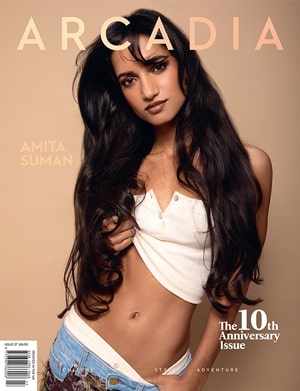Lofi beats have become a staple for students, freelancers, and anyone looking to unwind after a long day. The genre’s calming instrumentals mixed with nostalgic samples and smooth rhythms create the perfect backdrop for studying or relaxation. With its rise in popularity over the years, it’s no surprise that lofi beats can now be found on major streaming platforms like Spotify and Apple Music.
But what exactly is lofi music? How did it come about? And why does it have such a soothing effect on our minds? In this in-depth guide, we’ll dive into all things lofi – from its origins to its impact on today’s music scene. Let’s get started.
What are Lofi beats
Lofi beats, also known as lo-fi hip hop or chillhop, are a sub-genre of electronic music that originated in the 1990s. The term “lofi” comes from “low fidelity,” referring to the intentionally low-quality production techniques used in the creation of these tracks.
Lofi beats often feature simple and repetitive melodies with distorted or muffled sounds, giving them a raw and unpolished feel. You can find lofi sample packs online, which are used to create these beats, consisting of old vinyl record samples, acoustic instrumentals, and other lofi elements. The result is a laid-back and relaxed sound that has gained immense popularity in recent years.
The History of Lofi
The origins of lofi can be traced back to the early days of hip hop in the 1970s when artists started experimenting with sampling techniques. This involved taking small portions of existing songs and looping them to create new musical compositions. As technology advanced, producers began incorporating more electronic elements into their tracks, leading to the birth of lofi.
In the 1990s, lofi beats gained underground popularity through the lofi hip hop scene in Japan. Artists like Nujabes and DJ Krush helped popularize this style of music with their sample-based productions. Fast forward to the 2010s, and lofi exploded on platforms like YouTube and SoundCloud, thanks to a wave of independent producers and channels dedicated to promoting lofi beats.
Today, lofi has expanded beyond its hip hop roots and can be found in various genres such as jazz, soul, R&B, and even pop. Its widespread appeal can be credited to its soothing and nostalgic sound, making it the go-to music for relaxation and study sessions.
The Lofi Aesthetic
Apart from its distinctive sound, lofi is also known for its captivating visual aesthetic. You may have come across lofi mixes on YouTube or Spotify with an anime girl studying or a rainy cityscape as the cover art. These visuals are inspired by the Japanese artistic style of “animecore” and “vaporwave”, known for their dreamy and retro aesthetics.
The lofi aesthetic has become synonymous with the genre itself, often depicting a cozy and nostalgic atmosphere that complements the music perfectly. This strong visual component has contributed to lofi’s appeal and helped create a loyal community of fans who appreciate its audio-visual experience.
The Impact of Lofi
Lofi beats have had a significant impact on the modern music scene, influencing various artists across different genres. Its rise in popularity has led to the creation of dedicated record labels and festivals focused solely on lofi music.
One of the most notable impacts of lofi is its role in shaping streaming platforms‘ landscape. With its long-form mixes and chill vibes, lofi has become a go-to genre for background music, with millions of listeners tuning in daily. This has also opened up opportunities for independent artists to gain recognition and build a fanbase through platforms like SoundCloud and Bandcamp.
Moreover, the calming effect of lofi beats has led to its use in therapy and mindfulness practices. The combination of nostalgic samples and serene instrumentals has been found to reduce stress and improve focus, making it an ideal soundtrack for studying or relaxation.
How to Make Lofi Beats
You might be wondering, can I make my own lofi beats? The answer is yes! With the rise of digital audio workstations (DAWs) and online production tools, anyone can try their hand at creating lofi music.
To create a lofi beat, you’ll need to invest in some basic equipment like a laptop, headphones, and a MIDI controller. Next, familiarize yourself with popular DAWs such as FL Studio or Ableton Live, which have built-in sample libraries and effects perfect for creating lofi sounds.
Once you have your setup ready, the key to making lofi beats is experimenting with different samples and effects to achieve that signature “lofi” sound. You can try chopping up old vinyl records or using plugins like RC-20 Retro Color to add distortion and vinyl crackle.
Lofi beats have come a long way since its humble beginnings in the 1990s. From its Japanese underground roots to becoming a global phenomenon, this genre has left an undeniable mark on the music industry and popular culture. Its unique blend of nostalgia, relaxation, and visual aesthetic has captured the hearts of millions worldwide. And with its accessible production methods, anyone can try their hand at creating their lofi beats.







